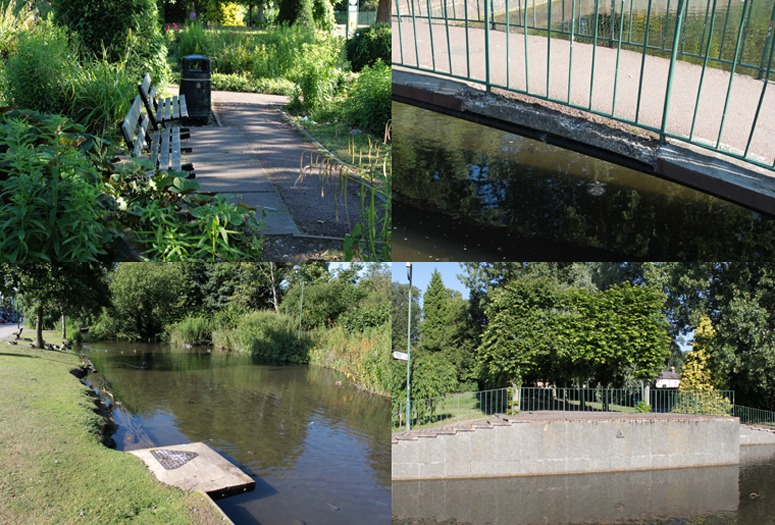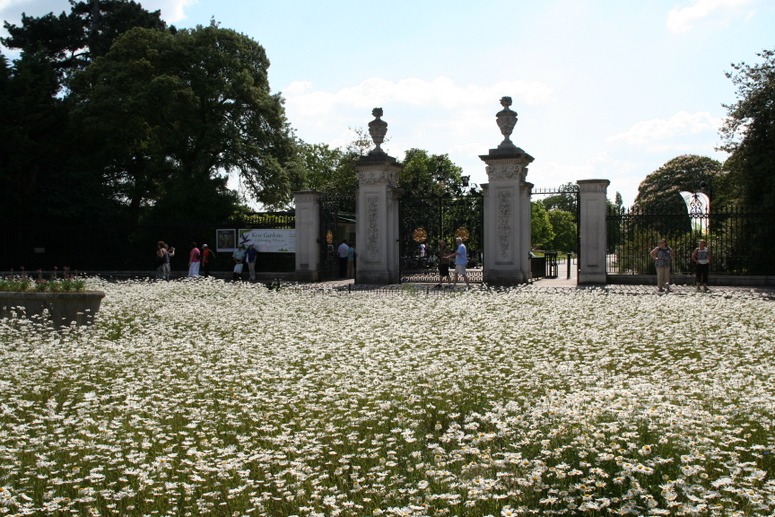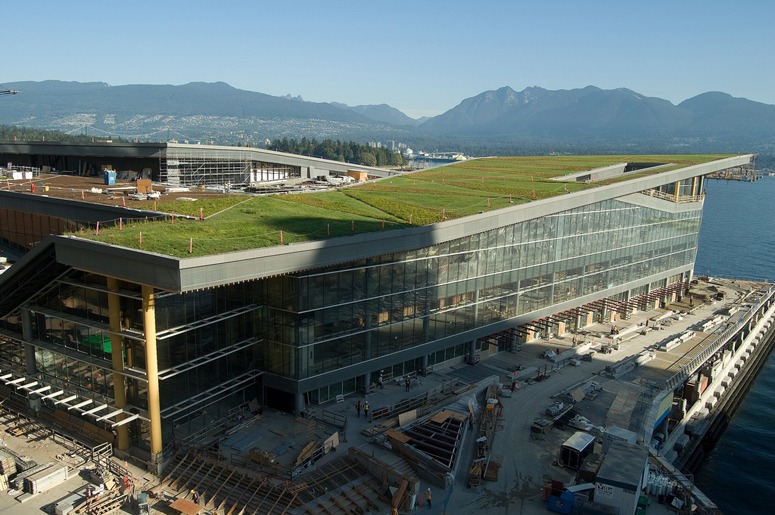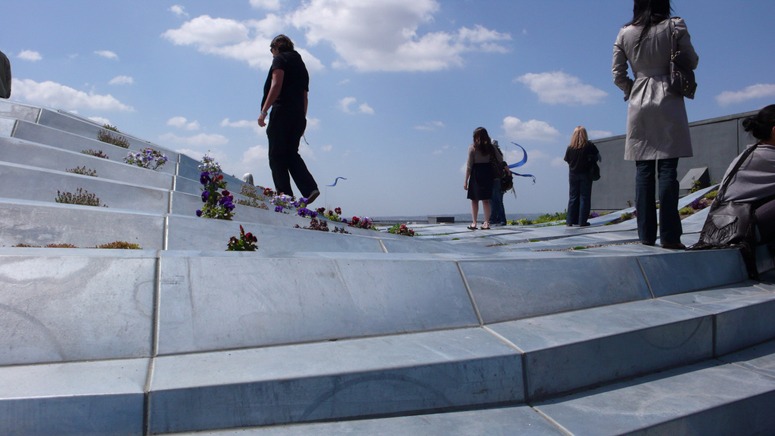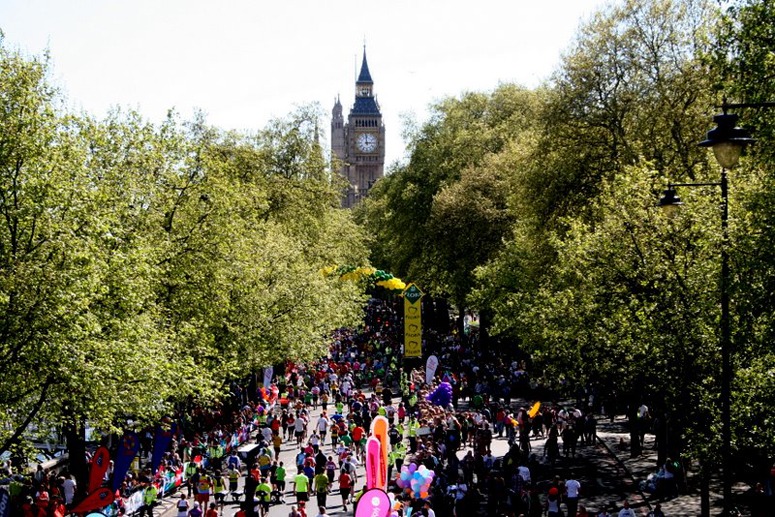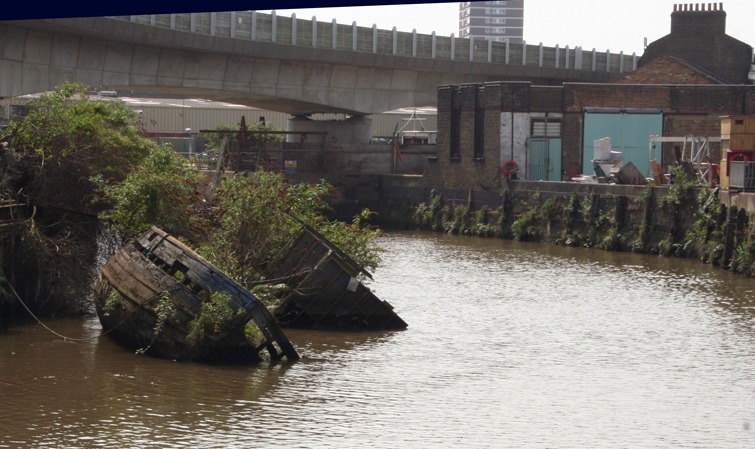The above image shows my drawing of a sustainable city, left, and Richard Rogers design for the Chelsea Barracks, right. The upper part of Rogers’ drawing shows Ranelagh Gardens and the site of the Chelsea Flower Show. I am of course mildly flattered that Richard Rogers has copied my idea but would like to point out that (1) the decent thing in cases like this is to acknowledge one’s sources, or offer a copyright fee (2) my drawing was a caricature, intended to show what should not be done in the name of sustainability (3) Rogers omitted the two redeeming features of my scheme: the green roofs were devoted to urban food production and the cyclist-friendly nature of the design proposal.
I was therefore very relieved to hear that, after some caustic remarks by Prince Charles, the Qatari Royal family have decided not to go ahead with Rogers’ context-insensitive design. It makes ‘Plan Voisin’ mistakes without Corbusier’s flowing, if ill-conceived, parkland. Rogers’ blocks are far too close together and would have created some horribly narrow passageways.
Roger’s response to Prince Charles’ intervention has been to accuse him of constitutional impropriety. On this occasion, it is Rogers and his buddies from the architectural mafia, who have gone bonkers. It would be a sad day for democracy if the future King of England were banned from speaking his mind on the urban landscape of his capital city. What’s more, Prince Charles is very probably ‘speaking for England’ in the sense that more people hate than love Rogers’ paltry plagiarism of my idea. See Hugh Pearman’s blog for more details of this sorry affair. I am wondering if I should ask the University of Greenwich to withdraw the honorary doctorate it awarded to Richard Rogers, though he gave a good speech and was a very pleasant lunch guest.


